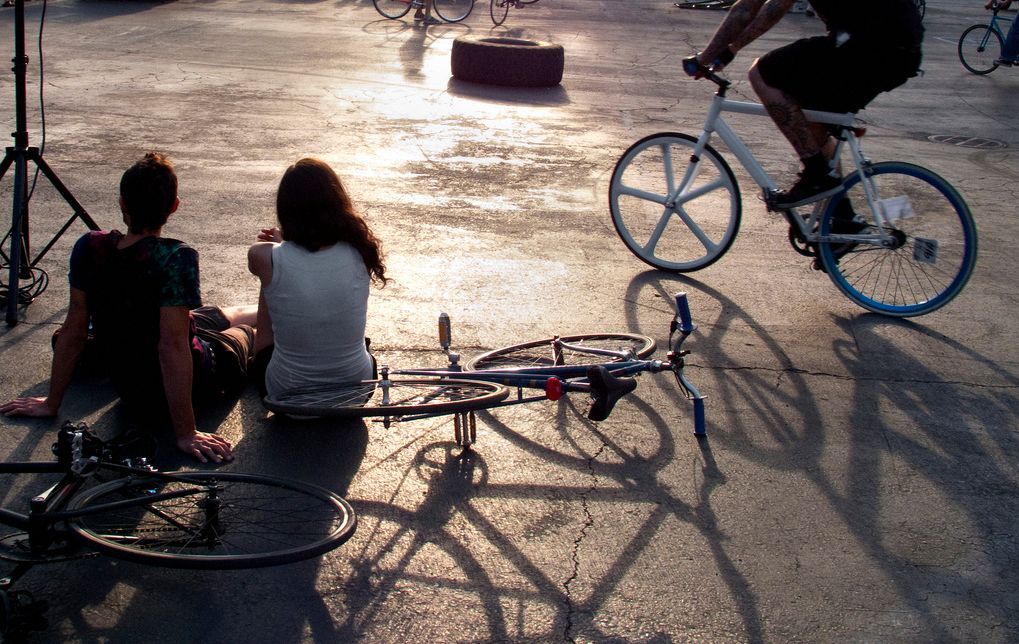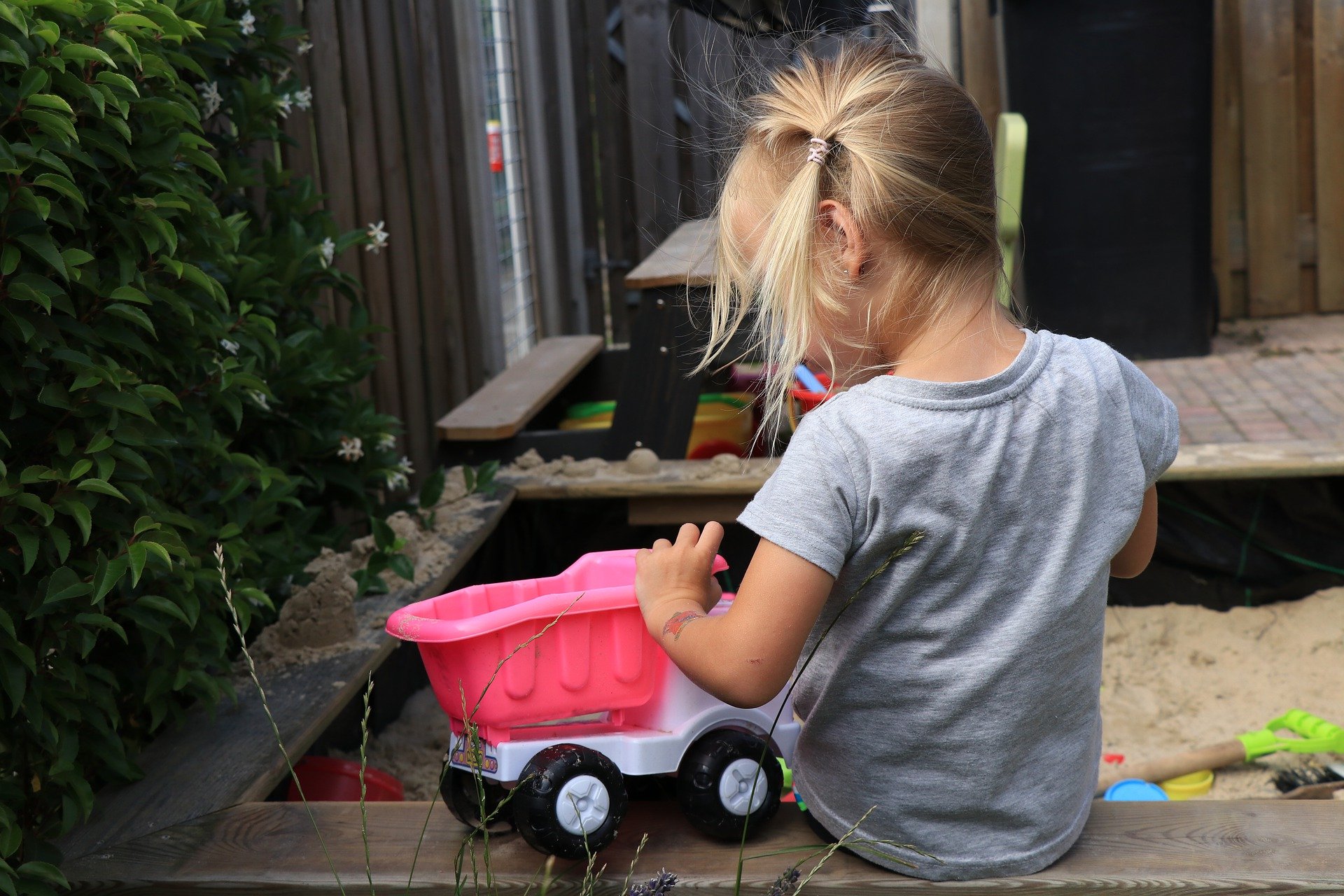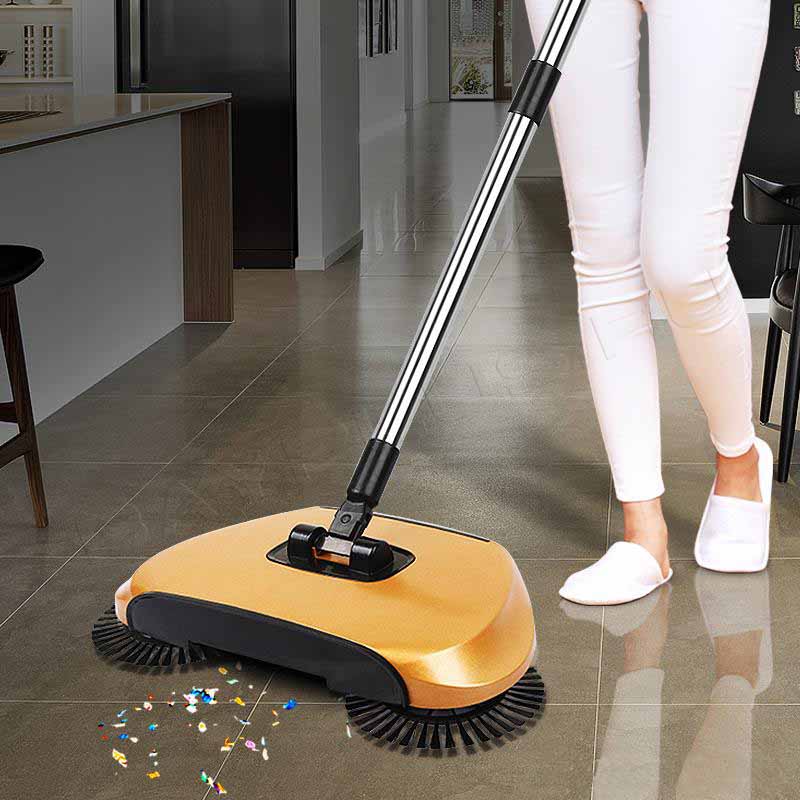Rating of the best varnishes for wood for 2022

Over time, any material may lose its spectacular appearance and gloss. Thus, updating its painting will be a radical method of renovating the material. If we talk specifically about wooden surfaces, then to restore them, the best solution would be to use varnish, which will restore the wood to its former strength, while protecting it from the effects of many external negative factors. Today's market for such varnishes can provide a wide range of wood restoration products, and manufacturers can be from anywhere in the world. Depending on the field of application, varnishes can be divided into grades for internal and external use.

Content
Feature Classification
Almost any type of varnish mixture has an approximately identical basic structure, which includes the following components:
- Substances responsible for film formation;
- Liquids responsible for the regulation of the composition (they are also solvents);
- Substances that increase elasticity (plasticizers);
- Substances responsible for the speed of drying (driers).
Lacquer mixtures can be categorized for various reasons, the main thing is to decide on the quality that will be a priority in a particular group. Thus, the basis for classification can be:
- Type of film-forming substance;
- Scope of application (internal / external, special - deck, parquet, furniture, boat, etc.);
- Gloss level (matte/semi-matte, glossy/semi-gloss);
- type of solvent used;
- Special functionality (electrical insulation, fire resistance, frost resistance);
- The number of structural components (one-component - the coating is created after the evaporation of the solvent, two-component - the coating is created as a result of the interaction of the hardener and solvent).
- In addition, there is an additional variety that is used for complex surfaces. Some types of wood have a structure that can prevent high-quality varnish application.For example, this may be due to the special density of the wooden base, or the wood may contain a high level of resin, which has repellent properties. In such a situation, it is necessary to perform preliminary priming procedures or use a special primer varnish or its impregnating variant - such samples have a reduced viscosity and can penetrate deeper into the wood layers, while creating ideal conditions for the adhesion of the coloring substance to the surface. However, most often existing varnishes are classified according to the basic film-forming substance, i.e. by their composition.
Modern varnishes: classification by composition
- Oil based
Such mixtures are made on the basis of oil and resin, while these elements are used in various proportions. Initially, natural resins were used for such formulations, but later it was found that production would be significantly cheaper if synthetic resins were used, which at the same time would reduce the market value of the final product. The varnish substances under consideration are conditionally divided into three groups, in accordance with the level of oil in them:
- 65-85% - fatty;
- 55-65% - medium;
- 35-55% are small.
These varieties will differ among themselves in the degree of drying speed in relation to the level of protection they provide. For example, we can cite the following property: fatty substances are able to provide the highest protection for wood, but the process of their drying is quite long. And vice versa.
The specificity of oil varnishes depends on their viscosity - they are poorly suited for brush application, so the varnish must be diluted before use.In addition, upon opening the container, oily substances will not be able to retain their beneficial properties for a long time - they must be used as quickly as possible. Also, the complete drying process of the oil base can take up to 72 hours. However, this material is able to penetrate deep into the wood base. Usually, they are intended for indoor use in order to give strength to furniture. Professionals do not recommend using them on floor coverings.
- Resin based
These coatings are made on the basis of natural resins, and amber is most often used in them. Some samples have a thermoset / thermoplastic resin in their structure, which indicates their synthetic origin. The scope of their application is almost identical to oil varnishes, which makes them an easy and cheap alternative.
- Alkyd base
Such varnish mixtures contain alkyd resins in their structure, coupled with a petroleum solvent and a desiccant to speed up the drying process. Due to the fact that they include linseed/wood oils, they are able to perfectly penetrate wood surfaces, which guarantees the formation of a strong and high-quality film.
They can be divided into two groups - glyphthalic and pentaphthalic. Their distinctive feature is resistance to sudden temperature changes, as well as good moisture resistance. The service life of the formed layer can be up to 3 years. The applied layer reaches full drying in 2 days. Popularity among consumers is due to the budget cost. However, the main disadvantage of all alkyd coatings is increased toxicity, because white spirit is present in the composition, which at the same time indicates poor wear resistance.Alkyd samples are used on wooden parquets, floating floors, furniture fittings. They can qualitatively emphasize the elegance of natural wood, successfully highlighting the accent of its texture. A positive property can also be called the fact that the substance, flowing into the gaps between the painted elements, is not able to glue them together.
- Alcohol basis
A variety of paintwork materials on this basis is not particularly popular due to its limitations on use. They may also be referred to as polishes. They are made on the basis of a mixture of ethyl alcohol and resin. Their samples are distinguished by the speed of drying, because the alcohol is able to evaporate quickly (the complete process takes only 60 minutes). Alcohol mixtures can give the wood an external sheen, but the treated surface will not have any water protection. The main advantage of this type of coatings is an extremely affordable cost. As a rule, polishes are used for processing wooden parts of musical instruments, as well as glass and leather products, in some cases they can be used to coat furniture. For decoupage, a separate type of polish is used - shellac varnish.
- Alkyd-urea combinations
This variety includes not only alkyd resin, but additionally also has amino-formaldehyde resins. The tool is two-component, so complete drying is possible only with the addition of a special hardener that has an acid in its composition (it will be responsible for drying). It is advisable to apply the diluted substance immediately, because its “life” does not exceed a couple of days. In turn, the described type of coatings is durable and moisture resistant and is able to provide strength, coupled with a bright sheen.It is recommended to use it for processing wooden floors or parquet, it is often also used to protect furniture fittings made on the basis of solid wood. The main condition for use is for interior work.
- Epoxy base
Such varnishes are made on the basis of epoxy resins, which are responsible for the formation of the film. The basis is two-component, because the use of a hardener is required for complete drying. It is characterized by increased hardness, is able to create a durable film that is resistant to mechanical stress and moisture. It is most often used on a wood base that is subjected to intense loads. Ideal for parquet or solid flooring. Can be used for both outdoor and indoor work. Complete drying is carried out in half a day.
- Polyester Samples
They belong to multicomponent options produced on the basis of polyester resins. Application to the surface is carried out using a special gun, which indicates the need to possess certain professional skills for work. The received film differs in durability, gloss, moisture resistance and heat resistance. Such samples are ideal for processing musical instruments, furniture and floor coverings.
- Ether cellulose combinations
The structure of such substances includes plasticizers, organic solvents, various resins and cellulose nitrate. The composition is considered quick-drying, which makes it the best choice for interior work. The dried surface can be polished, because the formed film is very smooth and durable. Nitrocellulose can form both matte and glossy surfaces.As a rule, these compositions find their application in the processing of wooden furniture.
IMPORTANT! It is not recommended to treat floor coverings with cellulose ether mixtures, because over time the formed layer may exfoliate.
Specialists, as the main drawback of the described substance, distinguish the presence of a pungent odor. However, it disappears as the toxic solvent evaporates. However, work with this tool should be carried out exclusively in a protective mask.
- Acrylic-urethane combinations
These varnishes are considered absolutely safe and do not have unpleasant odors. They can even be diluted with water. They are able to fit perfectly on wooden surfaces, which guarantees the formation of a high-quality and durable film. However, during operation, the ambient temperature should not be lower than +12 degrees Celsius, and the storage of the mixture is possible up to -5 degrees Celsius. It is ideal for processing saunas, baths, bathrooms, as well as for processing the sides of floating floor elements.
- Alkyd-urethane combinations
These agents include an organic solvent and alkyd resins. They have an unpleasant characteristic odor, but the treated surface receives an extended service life. The tool is frost-resistant, so it can be used when painting boats or yachts on the outside, especially since it is slightly susceptible to bad weather conditions.
- Based on polyurethane
Polyurethane samples can be either one- or two-component. The latter have in their composition the basis, together with a hardener, in some cases they can be supplemented with a solvent. These samples have excellent adhesion to the surface, which guarantees the durability of the coating.The resulting film will perfectly protect the tree from corrosive processes, conditions of high humidity and the action of chemicals. Significant disadvantages include a sharp and persistent odor, an increased hardening time, which ranges from 14 to 21 days. The tool is best used for outdoor treatment of garden buildings, yachts and boats, as well as wooden exterior walls of the house.
- Acrylic based
The base of this varnish is water, and it belongs to the category of the safest and most environmentally friendly varnishes for working with natural wood. There is no smell, so it can be used in children's rooms and in medical institutions. A relative disadvantage can only be called a long drying process - its complete completion can last up to 15 days. Moreover, surface treatment involves a preliminary primer. The water base suggests the fire retardant properties of this substance. Among other things, it is able to qualitatively emphasize the beauty of natural wood, however, the level of moisture resistance leaves much to be desired. Fire-retardant properties involve the processing of premises with the stay of a large number of people. Application is possible on wet wood, concrete and brick.
- Bituminous
Bituminous options are great for woodworking, because they are able to give the surface optimal parameters of physical and chemical protection. The application is made in a very thin layer, and if you want to process small elements completely, then they can simply be dipped into the solution and then dried. Bituminous treatment gives the wood surface a special resistance to acidic and humid environments. At the same time, this composition can act as a decorative agent for "aging" wood.The base pigment of the varnish has a characteristic brown color, due to which the surface acquires a shade of “old age”.
- Toning varnishes
They are a separate type of funds intended exclusively for decorative design and restoration tasks. In many ways, they are similar to stain. They can process wooden doors, parquet and furniture fittings. Able to give simple wood the appearance of a valuable tree species, coupled with the acquisition of resistance to mechanical stress. May help prevent mold, mildew, bluish spots and rot.

Some features of the use of varnishes on wood
In most cases, the wood surface needs to be prepared before varnishing. The final result of processing will depend on this:
- If there are traces of the previous coating, they must be carefully removed by cleaning the surface with sandpaper;
- It is preferable to level the surface - cut off the existing irregularities with a chisel, and fill the holes with inserts with a similar pattern;
- To obtain a smoother surface, primary grinding should be done with coarse sandpaper, and the final one with fine-grained sandpaper (grinding should be carried out along the fibers, as well as the subsequent application of impregnation or varnish);
- Washing (wetting) of the working base is carried out with a foam sponge, which is wetted in a weak aqueous solution of wood glue;
- Pre-drying should take at least 3 hours;
- In the case when, after drying, a small “lint” forms on the surface, then it must be cleaned again (in general, the cleaning-washing process is often repeated). At the end of drying, dust must be carefully removed;
- In cases where tinting is required, it is produced by stain, impregnation or a special toner.Before starting work, the surface is wiped with gasoline, especially those places where oil marks are observed. Then the coating is made along the fibers with a brush with toner;
- Finishing drying is carried out in natural conditions, without the use of UV rays and heaters, followed by polishing with a cloth.
Difficulties in choosing wood varnish
To select the proper type of varnish that would meet the required tasks, you should use the following simple rules:
- Before starting work, it is necessary to evaluate the surface to be treated, as well as determine the requirements for its future performance;
- Assess the future scope of work - if the front of the upcoming work is large and the budget is relatively small, then you should opt for inexpensive oil varnishes, however, you will have to sacrifice an increase in working time and a decrease in quality;
- Otherwise, when the time of work is limited, then it is worth choosing varnishes that have quick-drying properties;
- If the tasks ahead are standard and do not require, for example, decorative work, then the varnish can be chosen from the category of universal ones;
- The issue of saving should not be put at the forefront if the buyer has health problems (selection of hypoallergenic varnishes without unpleasant odors is required) or when the work is associated with the performance of decorative and artistic tasks, which will require careful selection of the shade of the varnish;
- Before starting work, it is necessary to make cost calculations, in which it is necessary to take into account the area of the surface to be painted, the number of future layers of application, the approximate price limits in retail networks for various types of varnishes, and the quality characteristics of various types of mixtures.
Rating of the best varnishes for wood for 2022
Solvent Based Samples
3rd place: Alkyd Quick Varnish from Yaroslavl Colors
A good product from a Russian manufacturer is produced in transparent colors, and a small color palette is also provided, which means some focus on decorative tasks to imitate natural wood. Can perfectly imitate oregon, rosewood, oak or pine. It successfully resists direct sunlight, is not too afraid of bad weather conditions and sudden temperature changes. It is characterized by economical consumption. It can be successfully applied on garden and room furniture. The recommended retail price is 515 rubles.

- economical consumption;
- Fits in an even layer;
- Fast drying.
- Has a pungent odor.
2nd place: "Tikkurila Unica Super 20"
This sample can be used for outdoor and indoor work, as well as for decorative tasks, which means it has some versatility. The manufacturer claims the presence of a special element in the composition that prevents the premature appearance of yellow spots on the outer layer. The varnish is able to protect the object from the negative effects of ultraviolet rays, moisture and mechanical shock. Shows resistance to aggressive chemicals, prevents the formation of greasy traces. Differs in high resistance to wear. It is possible to cover the parquet which is exposed to intensive loadings with this product. It is applied in several layers with a break of 2 hours. Final hardening occurs after 30 days. Recommended retail price - 1100 rubles.

- Ease of application;
- Extended protective properties;
- Economic spending.
- Long drying time.
1st place: Teknos Helo 15
This sample is characterized by a matte aftereffect. However, the versatility of the composition lies in the possibility of using some colors to obtain the desired shade. The final film formed by the substance is elastic and durable. Perfectly prevents the harmful effects of exposure to moisture and mechanical shock. Contact with oily substances, aggressive chemical-based cleaners will not affect the level of protection created. Calmly tolerates sudden temperature changes. It can be applied in any way - from a roller to a spray gun. The first layer dries up to 12 hours, the next - during the day. The recommended cost for shops is 1130 rubles.

- Excellent value for money;
- Versatility;
- Application variability.
- Not found.
Water Based Samples
3rd place: "V33 Matte Polyacrylic"
This sample from a European manufacturer is directly designed for restoration work on wooden bases. However, before use, the surface should be prepared for processing, especially if there are traces of the previous coating on it. The film formed by the varnish is not afraid of water and mechanical shocks, does not deteriorate from sudden temperature changes (the layer can withstand heating up to +90 degrees Celsius). Due to the formation of a smooth film, tree care is greatly simplified. During processing, the desired level of efficiency is achieved due to the absence of smudges. Drying time - 3 hours. The recommended store price is 750 rubles.

- Fast drying;
- Ease of application;
- Economic consumption.
- Not found.
2nd place: "Tikkurila Kiva 70"
This sample is ideal for furniture renovation, as well as for covering wooden walls, ceilings, up to children's wooden toys. Initially, it does not have its own shade, however, tinting can be done by adding the appropriate components to the composition. However, during storage, the substance is prone to thickening, which, however, is easily solved by diluting the mixture with water. After processing, a hardened protective layer is created that protects the object from mechanical stress and premature aging. Complete drying occurs within a day. Requires careful care. The recommended retail price is 500 rubles.

- Coating strength;
- Famous Scandinavian brand;
- Long term storage.
- Pretty high price for small volumes of containers.
1st place: "Neomid Interior"
A professional composition capable of creating a protective layer on any wooden surface. It can also be used for solving decorative problems. After hardening, the formed film will perfectly emphasize the natural texture of wood. The resulting layer will have a semi-matte effect, as well as increased elasticity. At the same time, the composition contains bioprotective elements that prevent the occurrence of mold and putrefactive processes. Use is possible both on street, and on house objects. Drying of one layer occurs in an hour. The recommended retail price is 900 rubles.

- Excellent combination of "price-quality-volume";
- multitasking;
- Variation in use.
- Not detected.
Instead of an epilogue
Processing wood with varnish is a very difficult job, requiring a lot of time and skills. However, with an experienced approach to business, it is possible to achieve high results, not only giving the tree excellent protection, but also making the wooden surface aesthetically attractive. And you can get an excellent result armed with some knowledge from this article.
new entries
Categories
Useful
Popular Articles
-

Top ranking of the best and cheapest scooters up to 50cc in 2022
Views: 131650 -

Rating of the best soundproofing materials for an apartment in 2022
Views: 127688 -

Rating of cheap analogues of expensive medicines for flu and colds for 2022
Views: 124517 -

The best men's sneakers in 2022
Views: 124031 -

The Best Complex Vitamins in 2022
Views: 121938 -

Top ranking of the best smartwatches 2022 - price-quality ratio
Views: 114978 -

The best paint for gray hair - top rating 2022
Views: 113393 -

Ranking of the best wood paints for interior work in 2022
Views: 110318 -

Rating of the best spinning reels in 2022
Views: 105327 -

Ranking of the best sex dolls for men for 2022
Views: 104363 -

Ranking of the best action cameras from China in 2022
Views: 102215 -

The most effective calcium preparations for adults and children in 2022
Views: 102010









